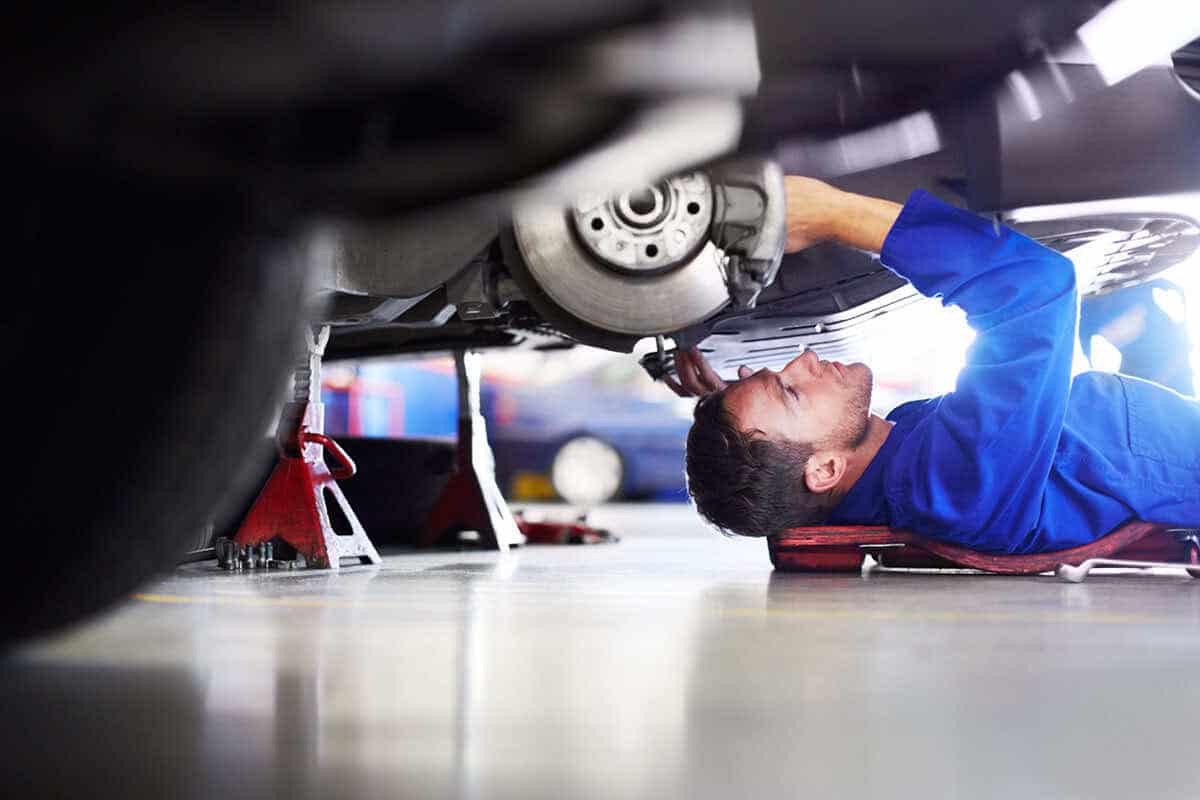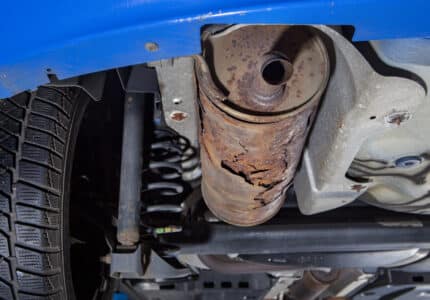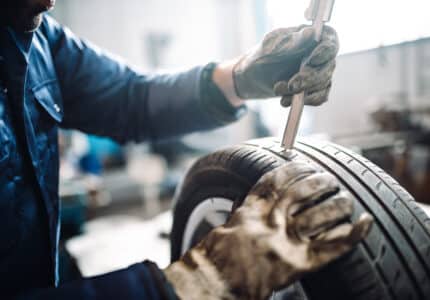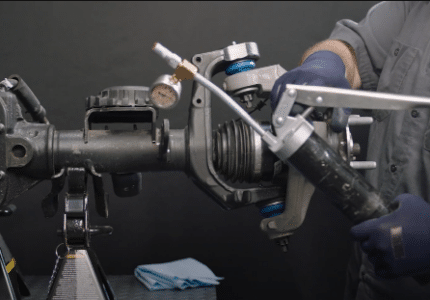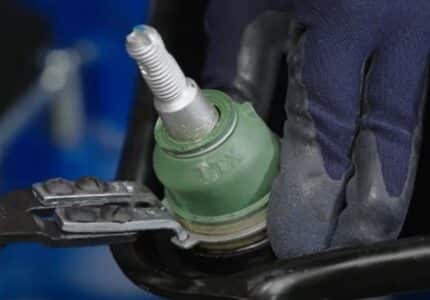Lose the Hammer: 5 Best Practices for Protecting Ball Joint Integrity
A ball joint, much like your hip joint, is made up of a ball and socket. To facilitate multi-directional movement, the ball pivots and rotates within the socket. On your vehicle’s suspension, ball joints are pivot points that connect the control arms to the steering knuckles. As your wheels move up and down the suspension pivots through the ball joints to keep your vehicle level and your ride smooth.
There are four main components to a ball joint
- Ball Pin: the ball portion that pivots and rotates
- Bearings: the components that mate with and support the loads applied to the ball pin
- Housing: the part that installs onto the suspension and that all of the ball joint components are installed into
- Boot: the protective rubber component that prevents contaminants from entering the ball joint causing premature wear
How Ball Joints Are Fitted
The ball pin fits into a hole on the steering knuckle and is secured by either a nut or a pinch bolt. When secured by a nut, the ball joint slides into a tapered hole in the knuckle and is held in place by tightening the bolt. Ball joints with pinch bolts, on the other hand, are pushed into a straight hole and secured with the pinch bolt once the ball joint is in place. The challenge with pinch bolt ball joints is pushing the ball pin far enough through the hole so that the pinch bolt can be properly installed. You might be tempted to coax the ball joint in with a hammer, but that would be a bad idea. Here’s why.
Why You Should Lose the Hammer
Ball joints, steering knuckles and control arms get extremely dirty on the undercarriage of any vehicle. If the hole in the knuckle is caked with dirt, deformed or rusted, it can be difficult to fit the ball pin correctly into the knuckle. If you use a hammer on the bottom of the ball joint to knock it into place it can cause a ripple effect of damage. The lamination on the ball joint can deform or mushroom into the knuckle. The act of forcing the lamination or housing can crush the Belleville spring in ball joints with metal bearings. The back plate can become dented, deforming the threading for the grease fitting or damaging the grease fitting itself.
Damage caused by hammers will make servicing the ball joint difficult and will likely make the component really tough to remove when it next requires replacement. The good news is that there are ways to fit a ball joint without causing all of these issues. Here are 5 ways to install a ball joint while protecting its integrity.
5 Best Practices for Protecting Ball Joint Integrity
- Be careful not to damage the knuckle when removing the old ball joint. Use a manufacturer-specified tool to separate the ball joint and the knuckle, which are often seized together.
- To ensure a clean fit between the knuckle and the new ball pin, carefully scrub the knuckle with a wire brush to remove road debris and other contaminants.
- Thoroughly inspect the condition of the knuckle. If it’s worn or damaged it will need to be replaced to ensure proper fit and function of the new ball joint. Loose-fitting ball joints could cause excessive impact loading on the ball pin, which could lead to ball pin failure.
- For pinch bolt ball joints, open the pinch bolt flange on the steering knuckle. This should allow the new ball joint to slide into place without the use of a hammer.
- If a little coaxing is needed to fit the ball pin into the knuckle use a rubber mallet, which is less likely to cause deformation while providing enough gentle force to do the job.
Ball joints play a critical role in your suspension system. They have to support the entire weight of your vehicle, so look for quality. As an added bonus, quality aftermarket parts often come with helpful tools to make installation faster and easier.
Labor Saving Installation Tools
Our Mevotech Supreme® and TTX ® parts come with LaborSaver™ installation hardware when needed, including our Installation Adaptor and Bootstaller™. Our Installation Adaptors facilitate ball joint installation while protecting them from damage. For press-through boot installations, our Bootstaller is a seating tool designed to protect the boot and save installation time. Designed with technicians in mind, Mevotech solutions are engineered to make renewing your ride simpler and easier.
